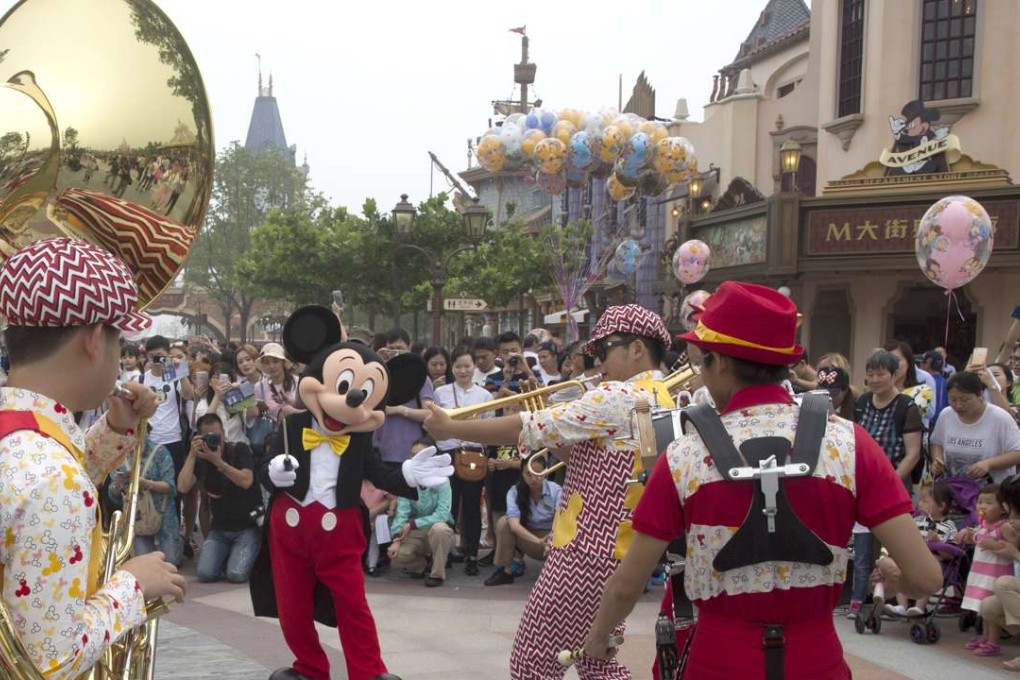Thinking outside the box will help avoid the commoditisation trap
Managers must come up with unique strategies like Nestle and Disney did to ensure that their products are not branded under one category

Look at almost any industry and you will see companies struggling to differentiate what they have to offer in the marketplace. Managers often ask: “My product is becoming commoditised. Is there a way out?” The good news: executives who are prepared to rethink their approach can find a way out. But that, of course, does not mean it is easy.
Let’s start by looking at the most common – but ineffective – reaction. When feeling trapped by competition, companies tend to spin faster and introduce new features, which can be popular at times, but are no guarantee that customers will be willing to pay extra. Another common approach is to move away from selling products alone, packaging products with services – which usually means upselling consulting – and calling it a solution. But competitors can still copy the idea. So what can managers do?
Last month saw the opening of the Shanghai Disneyland. The US$5.5 billion project is set to draw crowds from the approximately 330 million people living within a three-hour drive or train ride from Shanghai. Still, in a country where pirated DVDs and fake merchandise have proliferated from Apple watches to LVMH handbags and Nike shoes, selling genuine products has never been easy.
In 2008, Disney opened its first English-language centre in Shanghai, offering instruction to children aged two to 12. Since no child wants more school on the weekend or after the regular school day, Disney strives to make learning fun.
Upon entering the school, children are surrounded by a playful world: an oversized Mickey Mouse statue greets them at the entrance, Donald Duck cartoons play on the television in the waiting area, and the Mickey Mouse logo is even carved into the back of every classroom chair.
Classes typically run for 45 minutes. The classes for kids aged two to three are taught in both Chinese and English, with the parents in the classroom, whereas children from three to six are taught without their parents, and the teaching is focused on encouraging children to speak more in English. For kids aged six to 12, the teaching continues to work on speaking but also incorporates English reading, comprehension, and writing.
